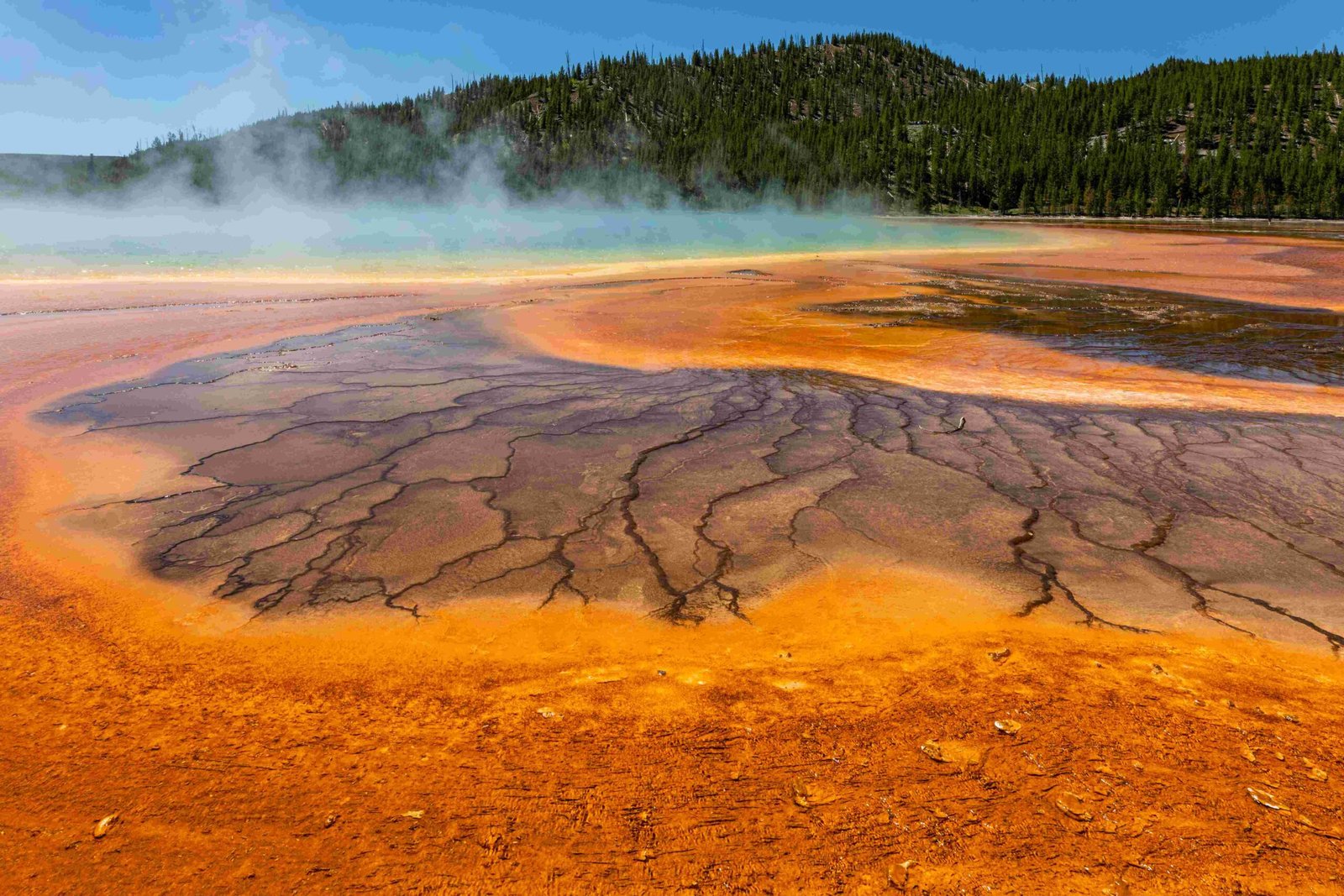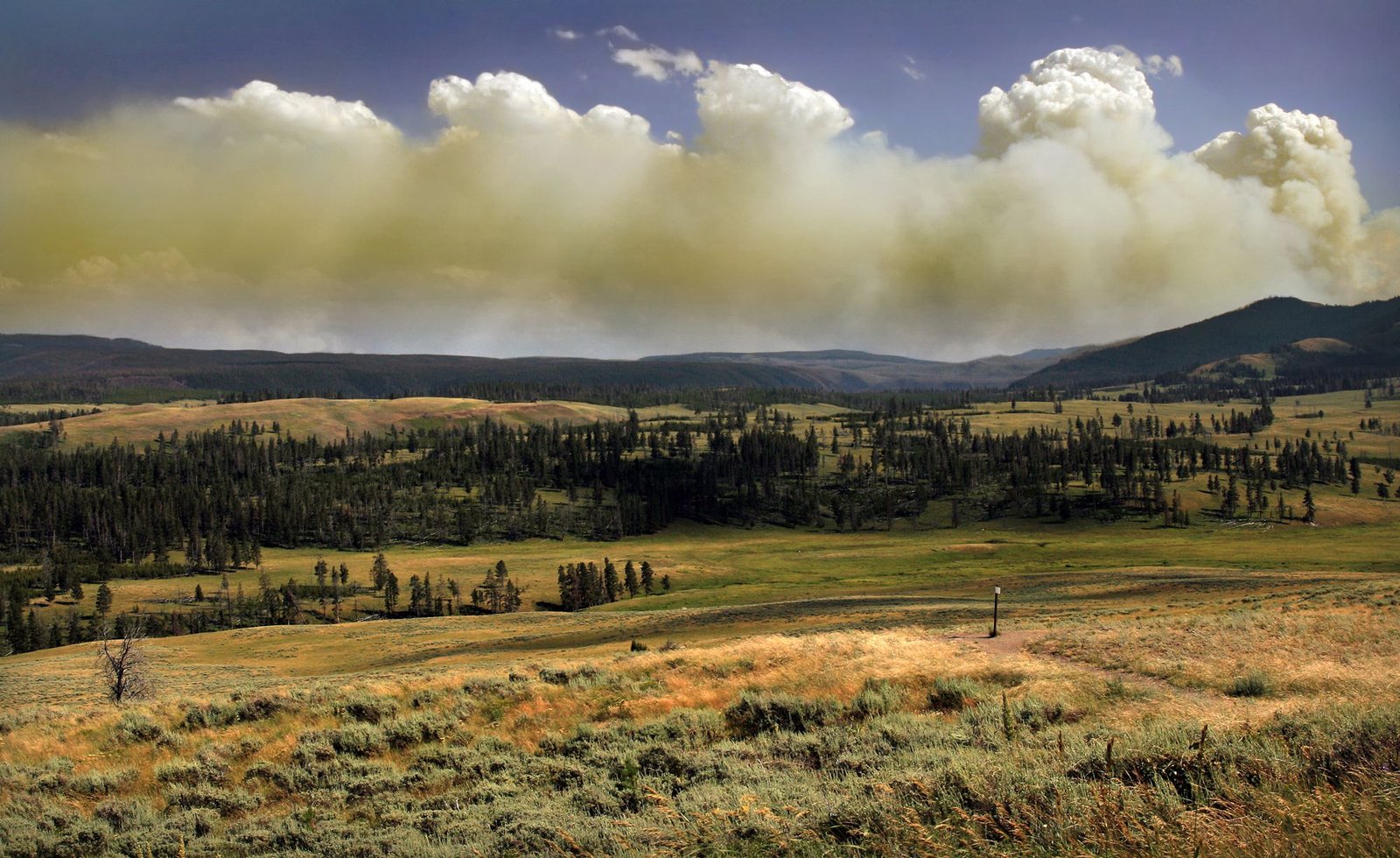Yellowstone National Park is a popular field trip destination for students, offering a unique blend of natural wonders, wildlife encounters, and educational opportunities. With its diverse ecosystems, geothermal features, and rich cultural history, Yellowstone provides an immersive learning experience that captivates young minds. From guided tours led by expert naturalists to hands-on volunteer activities, the park offers a wide range of educational programs tailored for school groups, making it an ideal choice for field trips.
Why Do Schools Choose Yellowstone for Field Trips?

Schools select Yellowstone National Park as a field trip destination for several compelling reasons:
- Diverse Learning Opportunities
- Hands-on Science Education
- Wildlife Observation
- Geological Wonders
- Historical and Cultural Significance
The park’s unique features provide a natural classroom for subjects ranging from biology and geology to history and environmental science.
What Educational Activities Are Available for Student Groups?

Yellowstone National Park offers a variety of educational activities designed specifically for student groups:
- Ranger-Led Programs: Park rangers conduct educational talks, guided hikes, and wildlife observation sessions.
- Field Seminars: In-depth programs combining field excursions with classroom-style presentations.
- Volunteer Opportunities: Students can participate in conservation projects, gaining hands-on experience in environmental stewardship.
- Interactive Exhibits: Visitor centers throughout the park feature interactive displays and educational exhibits.
These activities are tailored to different age groups and can be customized to align with specific curriculum requirements.
How Does a Typical Yellowstone Field Trip Itinerary Look?
A typical Yellowstone field trip itinerary for students might include:
| Day | Morning Activities | Afternoon Activities | Evening Activities |
|---|---|---|---|
| 1 | Arrival and orientation | Guided tour of geothermal features | Group discussion and reflection |
| 2 | Wildlife observation in Lamar Valley | Hike to Yellowstone Falls | Campfire stories and stargazing |
| 3 | Volunteer activity at Wolf and Grizzly Center | Old Faithful geyser observation | Free time in visitor center |
| 4 | Grand Prismatic Spring visit | Junior Ranger program activities | Departure preparations |
This itinerary balances educational activities with opportunities for exploration and reflection.
What Are the Best Seasons for a School Trip to Yellowstone?
The best seasons for a school trip to Yellowstone depend on various factors:
- Spring (April to May):
- Pros: Fewer crowds, wildlife activity, baby animals
-
Cons: Some areas may still be closed due to snow
-
Summer (June to August):
- Pros: All park facilities open, warm weather
-
Cons: Peak tourist season, larger crowds
-
Fall (September to October):
- Pros: Beautiful foliage, active wildlife, fewer tourists
-
Cons: Cooler temperatures, some facilities begin to close
-
Winter (November to March):
- Pros: Unique winter activities, fewer visitors
- Cons: Limited access, very cold temperatures
Most schools opt for late spring or early fall trips to balance good weather with fewer crowds.
What Safety Precautions Should Be Taken During a Yellowstone Field Trip?
Safety is paramount when planning a Yellowstone field trip. Key precautions include:
- Wildlife Safety: Maintain safe distances from animals, never feed wildlife.
- Thermal Area Safety: Stay on designated boardwalks and trails in geothermal areas.
- Hiking Safety: Use buddy system, carry bear spray, stay on marked trails.
- Weather Preparedness: Pack appropriate clothing for rapidly changing weather conditions.
- Emergency Planning: Establish clear communication protocols and emergency procedures.
It’s crucial to brief students on these safety measures before and during the trip.
How Can Teachers Prepare Students for a Yellowstone Field Trip?
Teachers can prepare students for a Yellowstone field trip through:
- Pre-trip lessons on Yellowstone’s ecology, geology, and history
- Discussions about responsible tourism and environmental conservation
- Assigning research projects on specific park features or wildlife
- Reviewing safety guidelines and park rules
- Encouraging students to keep field journals or blogs during the trip
This preparation enhances the educational value of the field trip and promotes responsible visitor behavior.
What Long-Term Benefits Do Students Gain from a Yellowstone Field Trip?
Students who participate in a Yellowstone field trip often experience long-lasting benefits:
- Enhanced appreciation for nature and conservation
- Improved understanding of ecological systems
- Development of critical thinking and observational skills
- Increased interest in scientific careers
- Memories and experiences that can shape future environmental attitudes
These benefits contribute to the enduring popularity of Yellowstone as a field trip destination.
Yellowstone National Park’s status as a popular field trip destination is well-deserved. Its unique combination of natural wonders, educational programs, and immersive experiences provides students with unparalleled learning opportunities. By carefully planning and executing these field trips, educators can create transformative experiences that resonate with students long after they’ve left the park.
References:
1. Yellowstone National Park Official Website
2. Yellowstone Forever Educational Programs
3. National Park Service Education Resources

